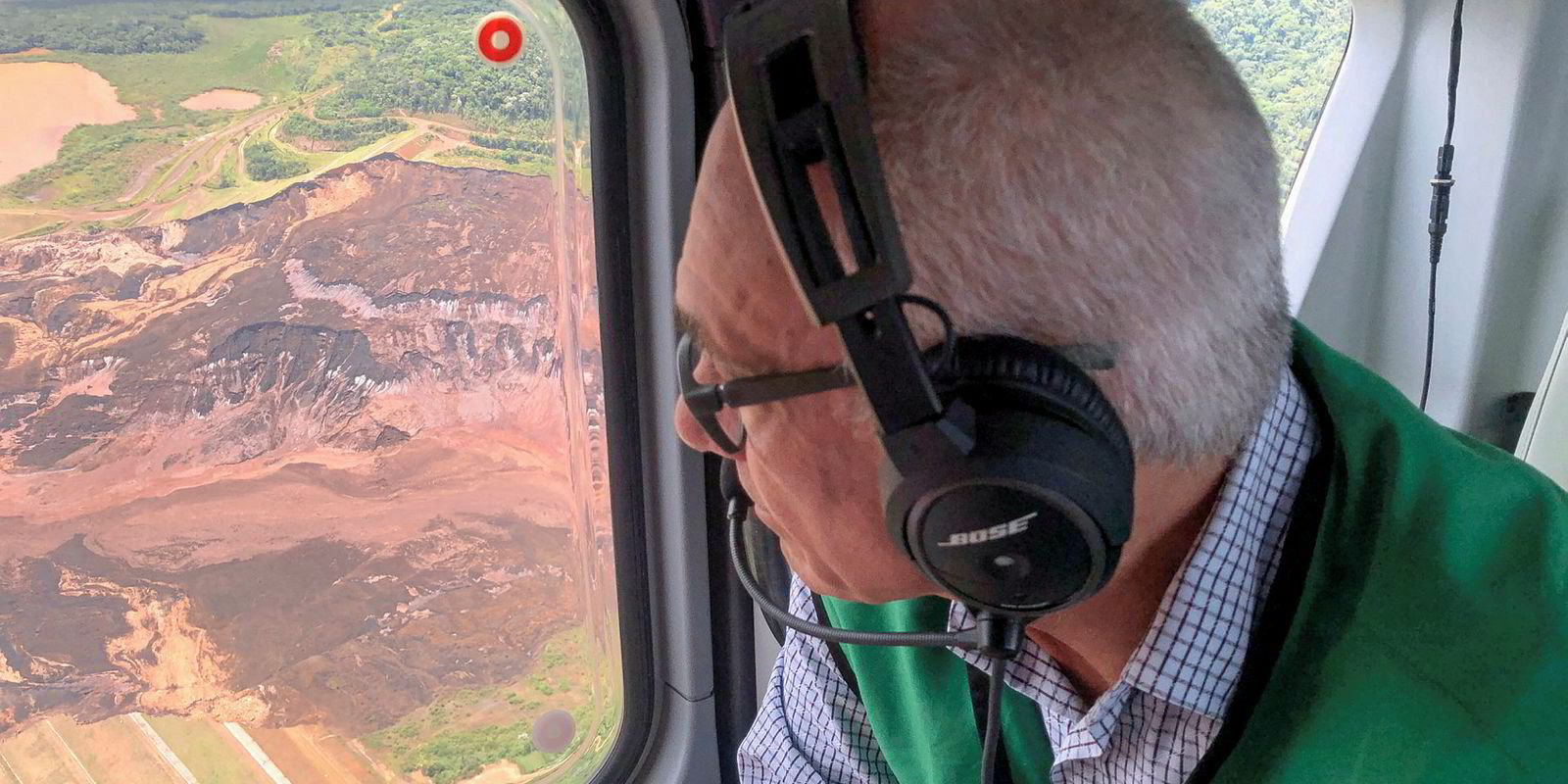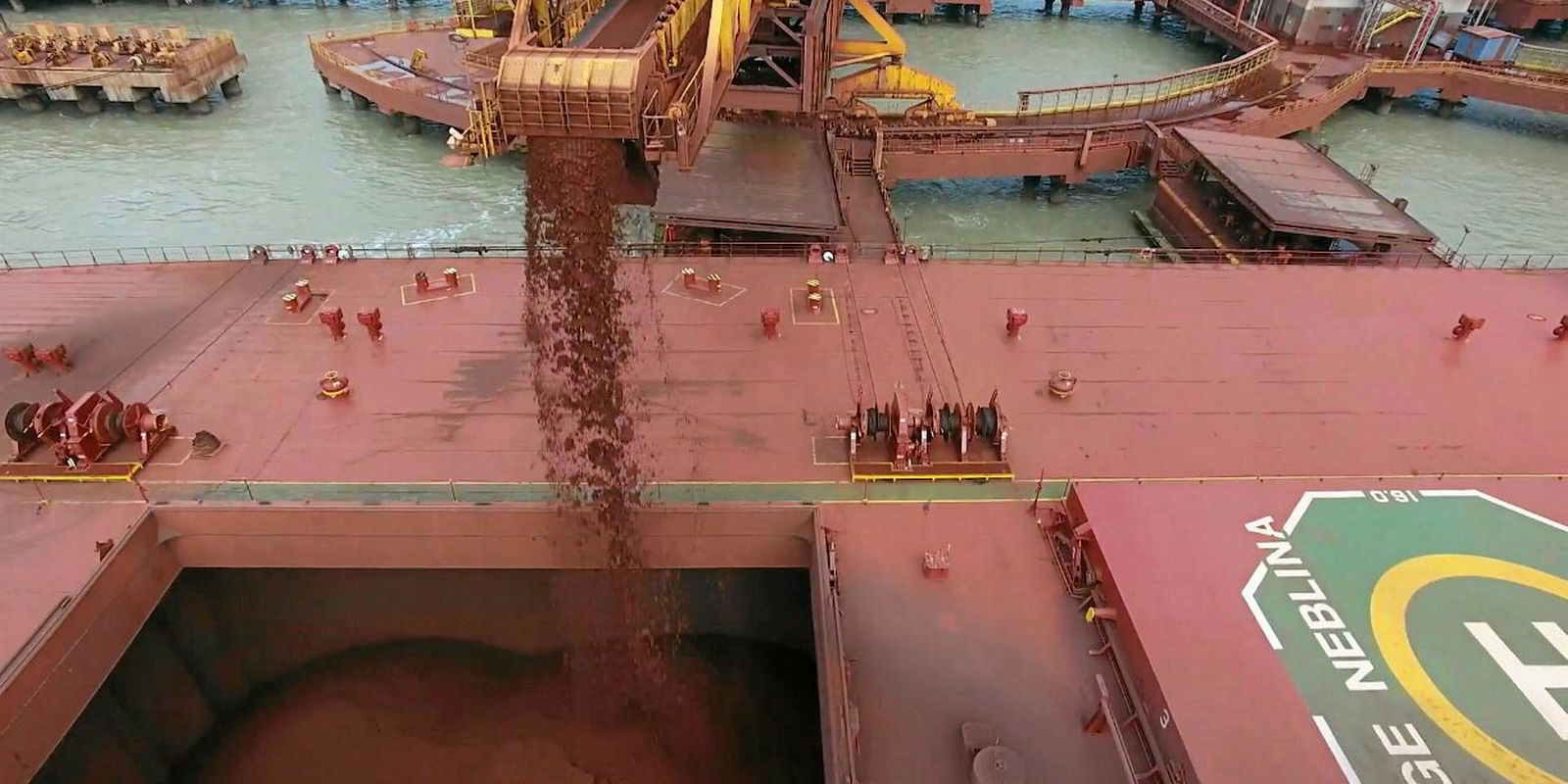Capesize bulkers are poised for a steely comeback not seen in a half decade after rebounding last month from a three-month freefall begun by Vale's major dam disaster, analysts say.
The average daily rate for capesize bulkers plummeted after Vale's Brumadinho tailing dam at the Feijao iron-ore mine collapsed 25 January, resulting in more than 300 deaths.
The Brazilian company quickly closed 50 tailing dams for testing after the breach, wiping 40 million metric tonnes of the commodity off a market already hurt by US-China trade tensions.
Since the disaster, rates fell to $3,695 from $13,375 before more than tripling back to $12,346 as of today, according to the Baltic Exchange's Capesize Index.
That month-long surge began 1 April, two weeks after Vale announced that it would return 30 million tonnes to the market by reopening its Brucutu mine.
And that momentum is expected to continue, according to C Transport Maritime's (CTM) senior analyst Lora Iakovidi.
"When Brazilian ore comes back, there will be a coiled spring effect to the market and spot and time charter rates will eclipse the highs seen over the past five years," she tells TradeWinds.
"The extremely low market we have just witnessed is behind us and we are positive that the coming quarters will bring higher volumes, increased congestion and more demolition that will all play a role in better market rates."
The average daily rate for capesizes peaked at $30,333 in December 2017 after reaching a previous high of $27,866 in November 2014.
Rates will also get a boost as more vessels are temporarily decommissioned for scrubber retrofits and tank cleanings, she says.
Monaco-based CTM, whose ships under management include 37 capes, founded Capesize Chartering with owners Bocimar, Golden Ocean Group and Star Bulk Carriers.
Brucutu back online
Maxim Group analyst James Jang also credited Brucutu's return as the main reason for the rate surge.
"That's what did it," he tells TradeWinds.
Several other positives sparked the steady climb, Iakovidi says, including 1.3 million dwt of tonnage exiting the market, slow-steaming and high Colombia-to-Far East coal volumes.
"When the Brazilian iron ore comes back that will improve things even more," she says.





